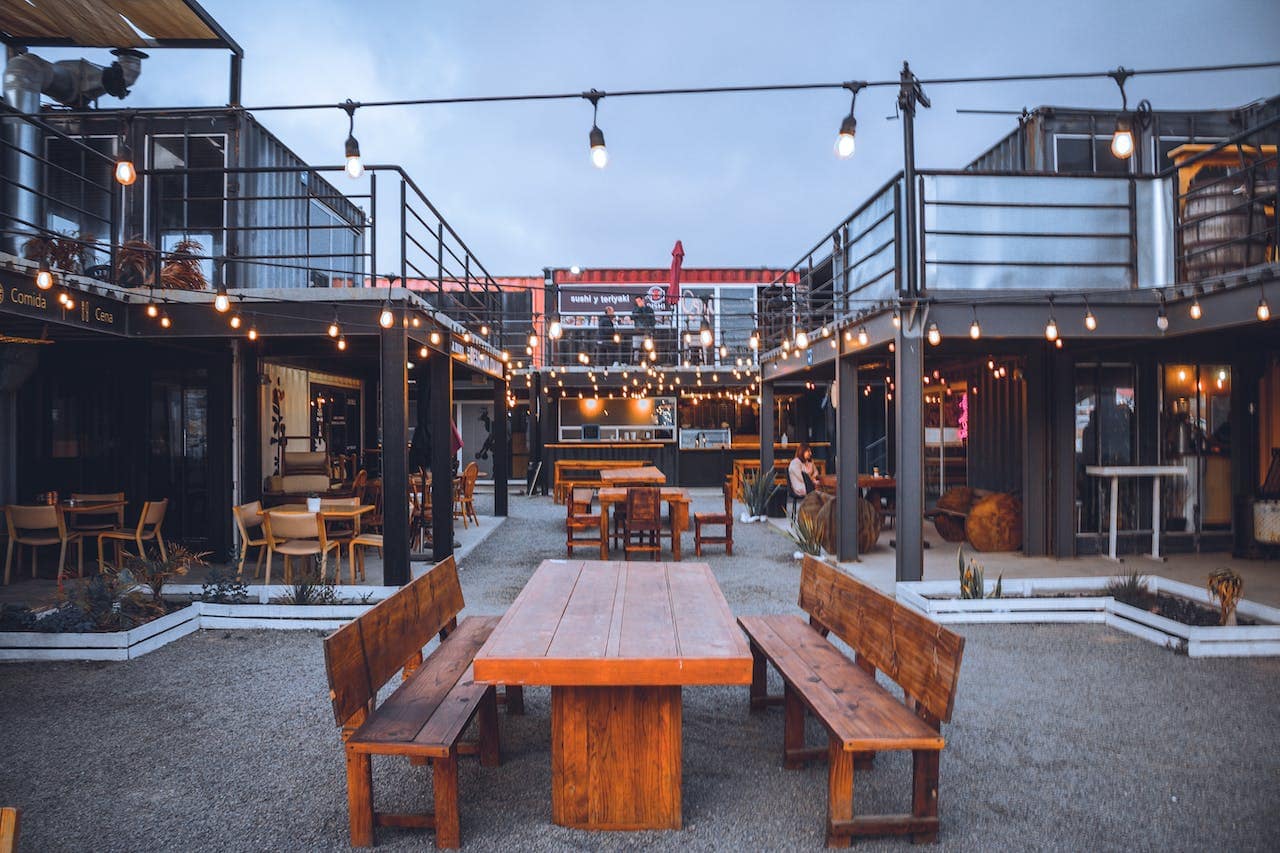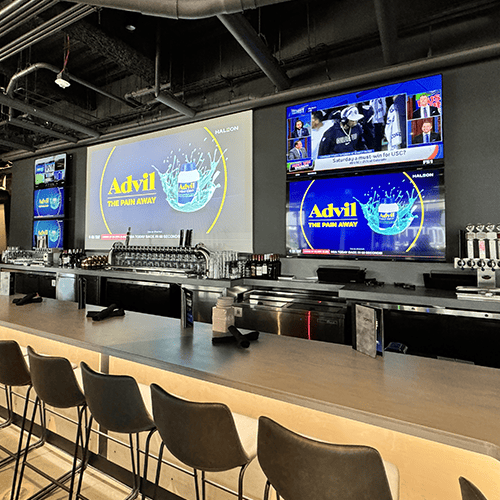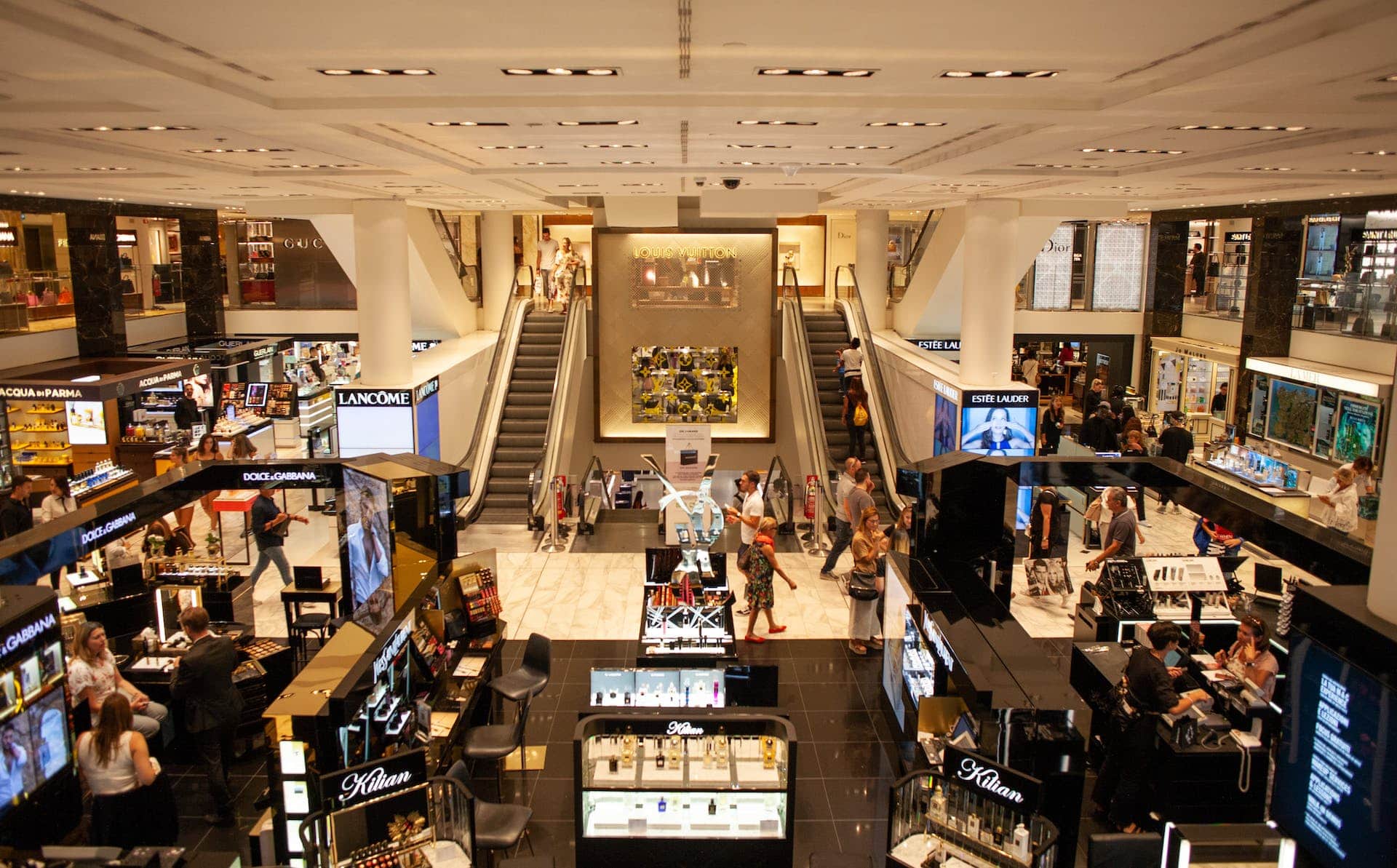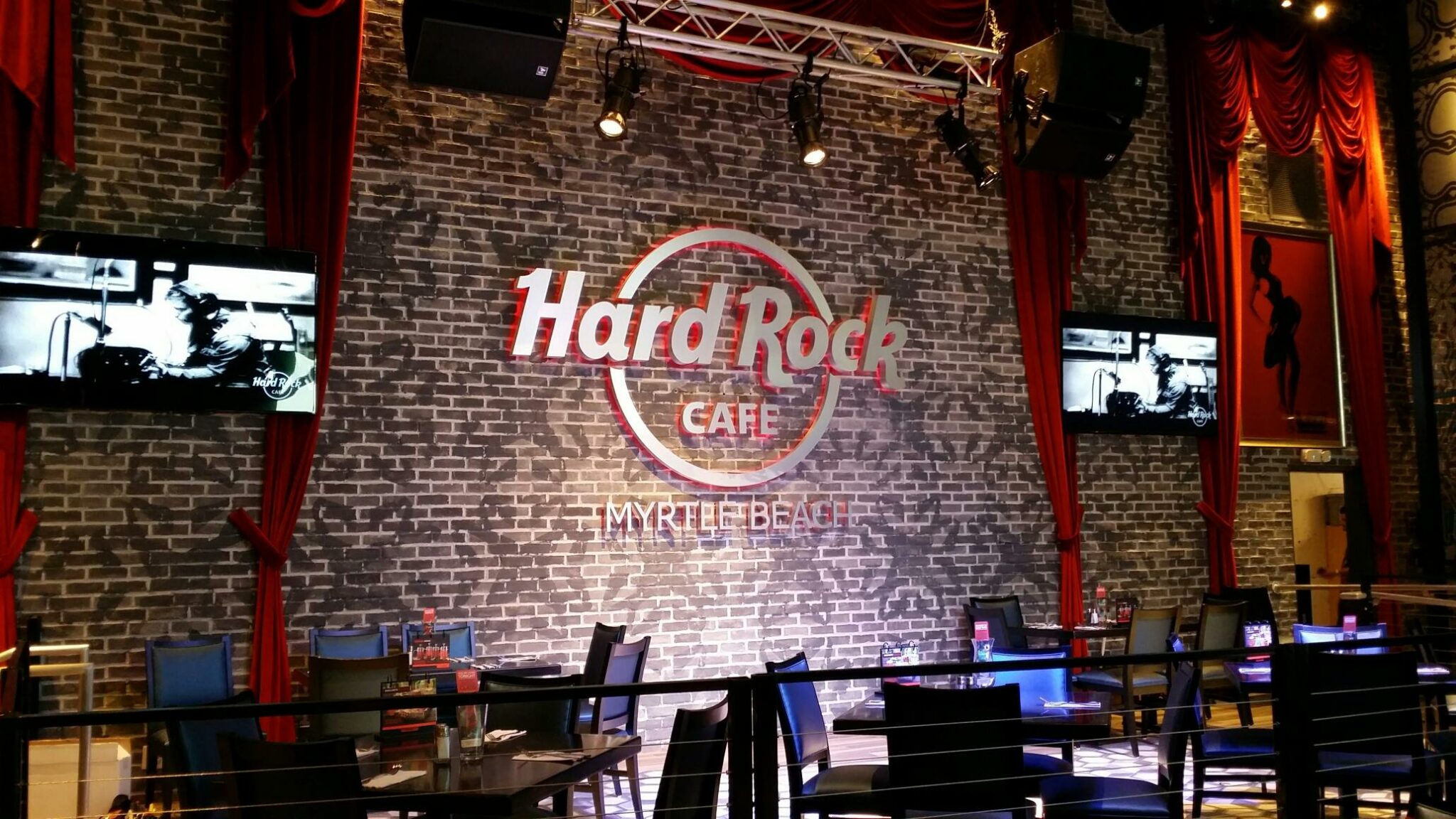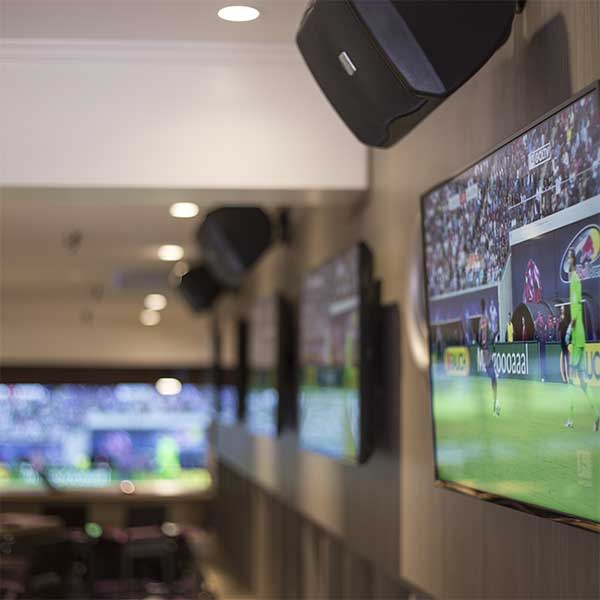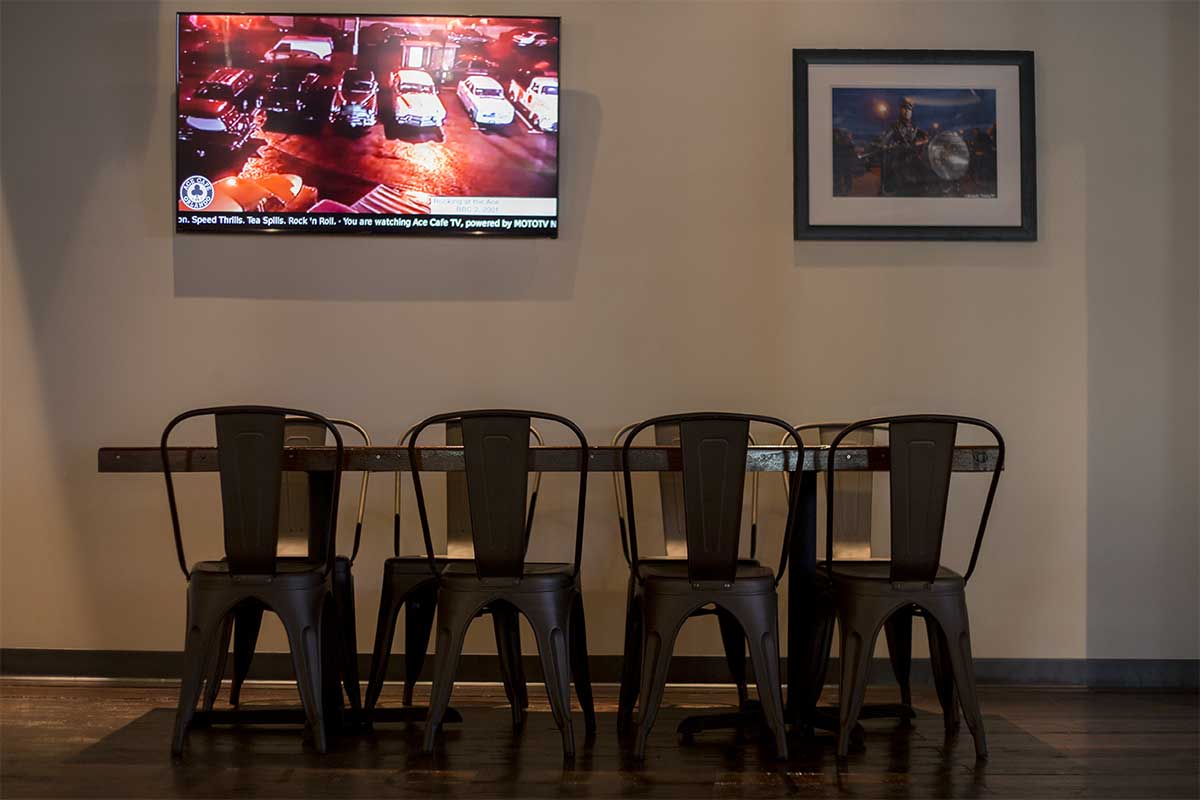
Restaurant Sound System
Sound System Consulting & Installations
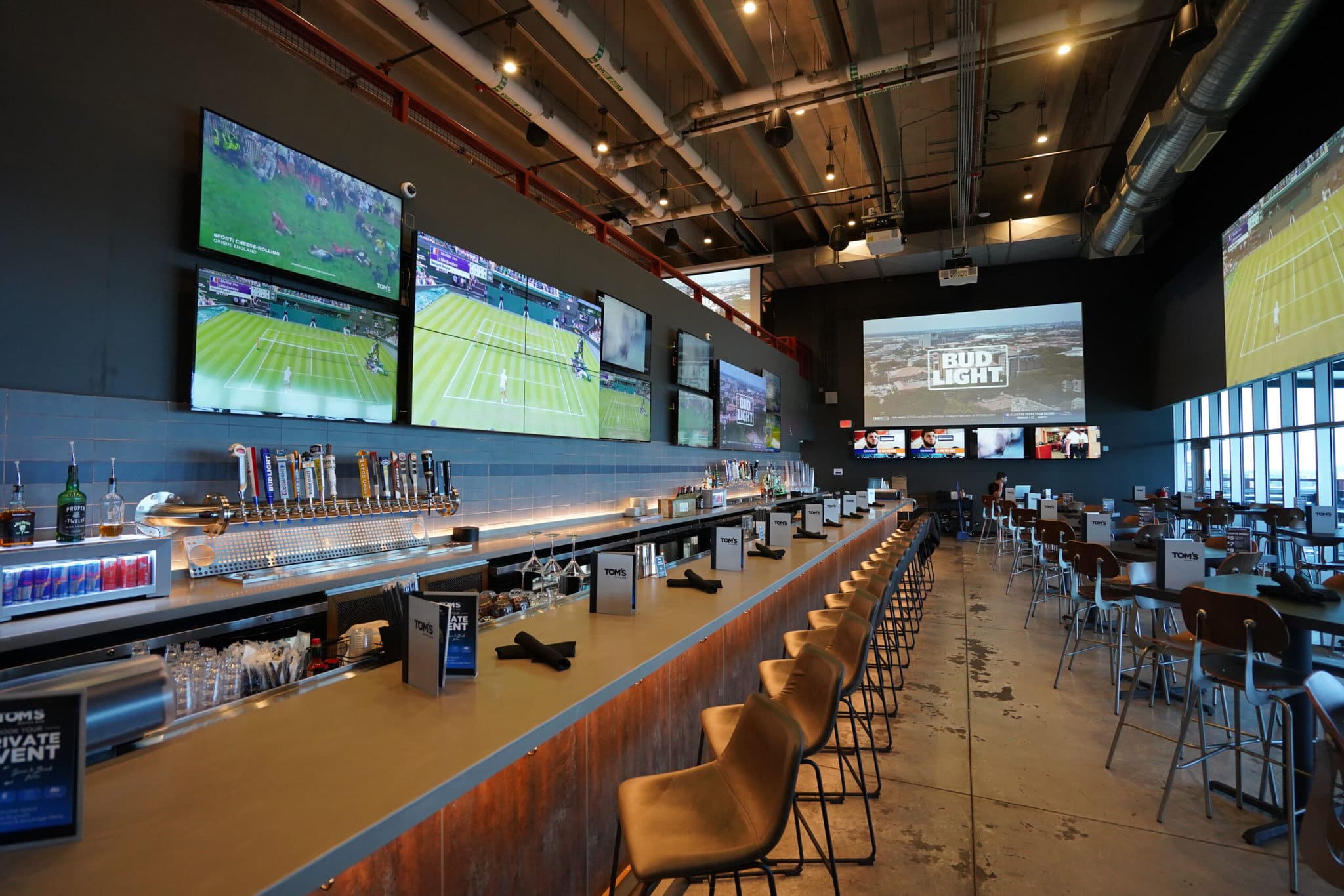
Elevate Your Restaurant Experience
At Crunchy Tech, we understand the importance of establishing the correct auditory tone in any restaurant. Every single sound matters, from the sizzle of a steak cooked to perfection to the dings of glassware as the two come together. And we know from experience that sound divides into ambiance just as easily as any other personal characteristic of a restaurant. Our Restaurant Sound System solutions are as specific to you as the tastes that make your dishes singularly yours. And, we work closely with our restaurant clients to meet auditory expectations so guests enjoy every single sound experience in a way that’s unique to them and in a way that serves the kind of restaurant they are.
At our restaurant audio company, we provide custom solutions that will improve the atmosphere and complement the surroundings, whether it’s high-energy or low-key, in the structural sense of the word. We design and install sound systems, in the dining room and beyond, that meet your specific needs and the needs of your customers. Here then, is our first promise: to work with you as a trusted partner and help you develop the best system for your restaurant.
Commercial Sound System for Restaurant
Immersive Sound, Memorable Experiences
Want to accentuate the dining experience at your restaurant?
Our top-of-the-line restaurant sound systems can take care of that for you. Have you ever eaten out and been disappointed by the quality of music or sound in the restaurant? It can really put a damper on the entire experience. With our cutting-edge sound systems, though, gone are the days of muffled announcements and garbled music. Our speakers are engineered for top-notch sound quality and coverage, sure to provide an optimal sound experience for every single guest. And they don’t stop there. From live performances to restaurant-wide background music, our systems can really do anything you need them to when it comes to sound.
The atmosphere of your restaurant is essential to ensuring that your guests have an unforgettable dining experience. And what better way to enhance that atmosphere than with top-of-the-line sound systems? When you invest in our unparalleled restaurant sound systems, you’re investing in something that absolutely guarantees customer loyalty and satisfaction. When your guests are seated, they are greeted with an audio experience that is absolutely seamless—as you would expect. It’s almost as if they have a personal surround sound system, with each auditory cue coming from the right place at the right time. Every one of our restaurant sound system setups is an investment in the “wow” factor that ensures guests come back for more.
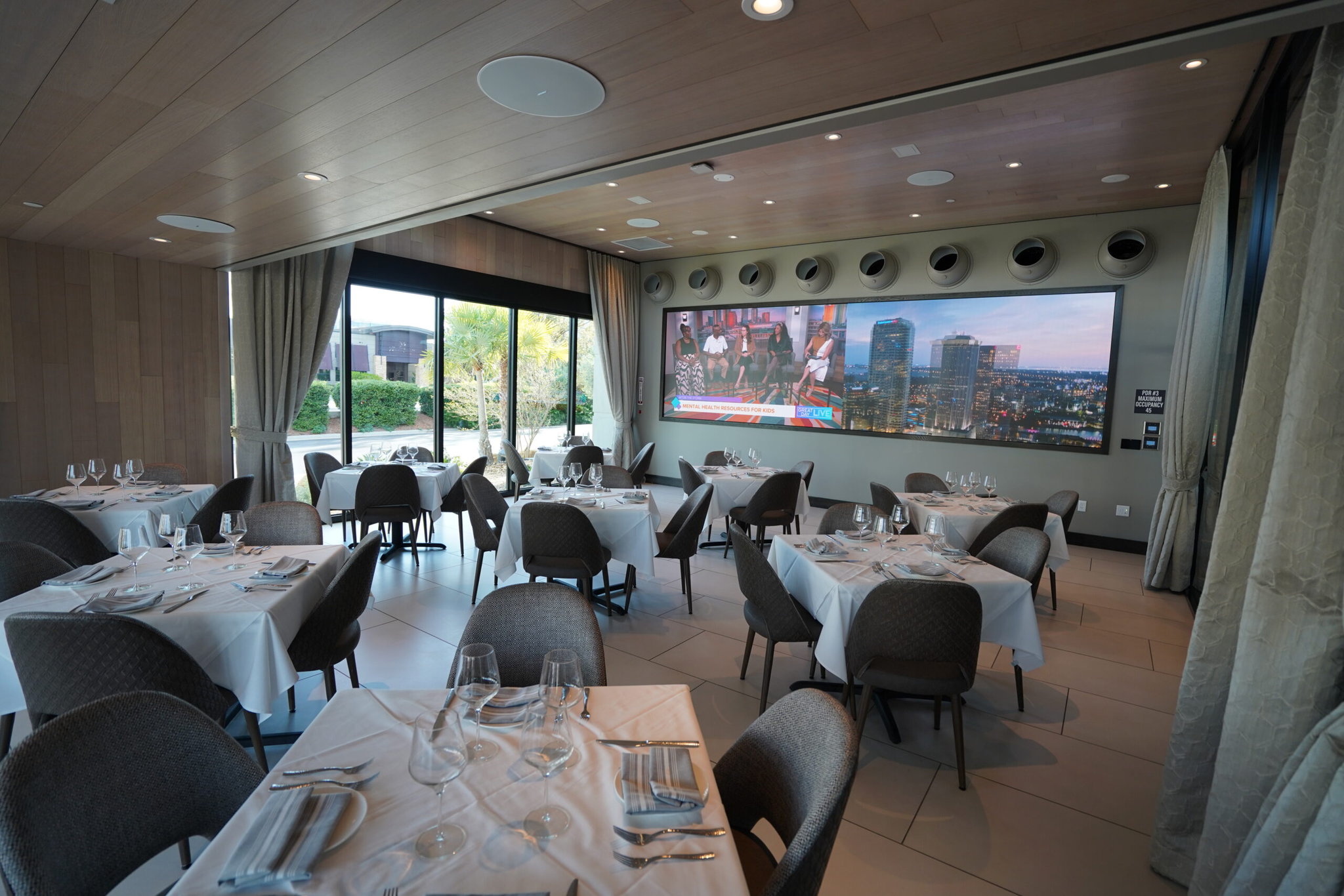
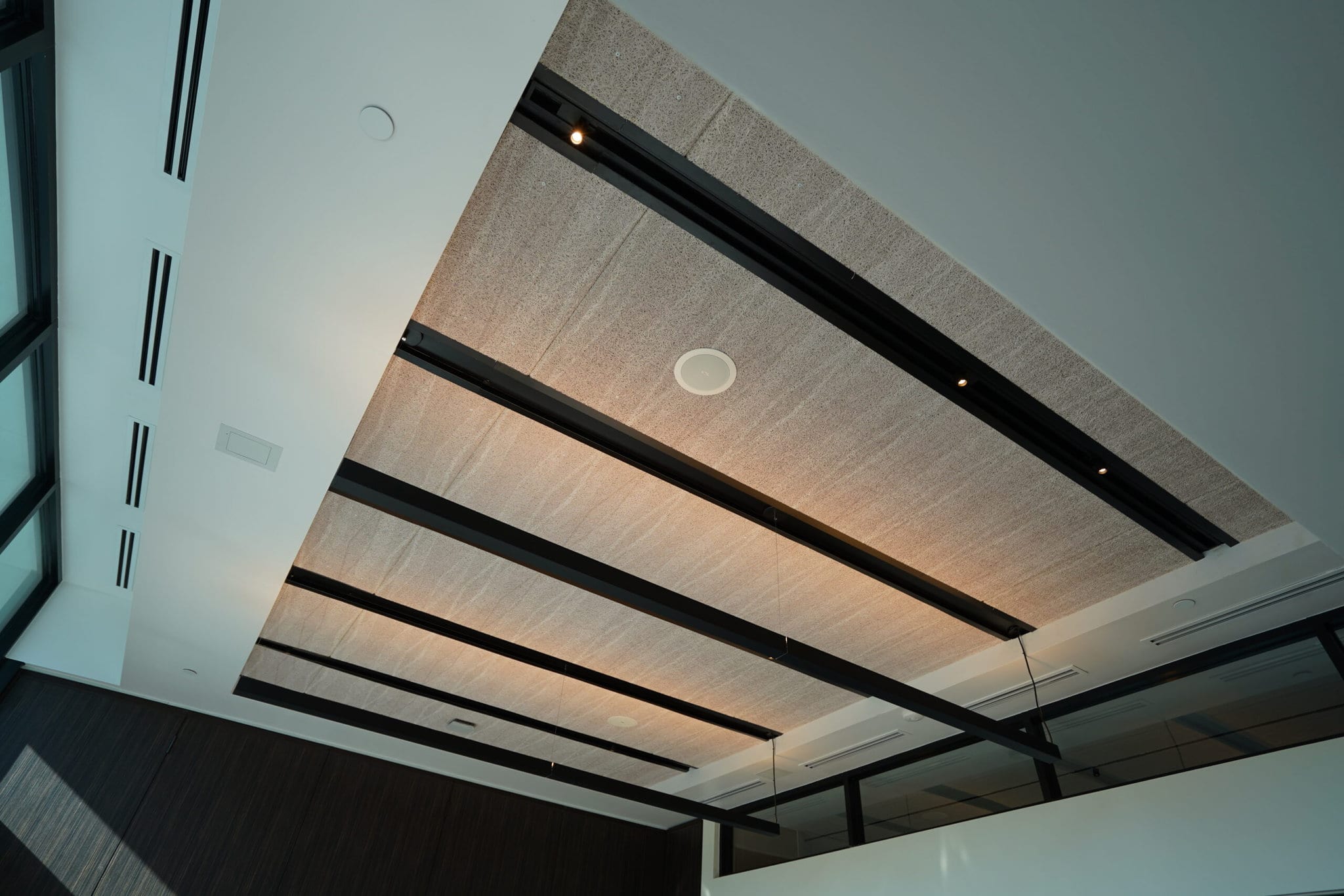
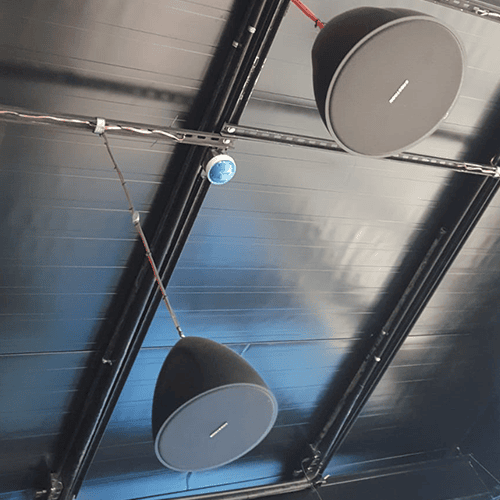
A Sound System for Every Space
Restaurant Sound Systems for Indoor & Outdoor Spaces
Regardless of how big or small your restaurant may be, we have a comprehensive selection of audio systems to meet your needs. We offer both understated speaker choices that effortlessly blend into the decor of your establishment and robust setups capable of filling your biggest dining rooms. And in true restaurant industry fashion, all of our offerings can be scaled to whatever makes sense for your situation and layout. Our top-tier options are as good sonically as anything you’d find in the world of high-end home audio and are guaranteed to offer a much better experience than anything your customers would hear on a run-of-the-mill PA system.
Ceiling Speakers
We install 70v ceiling speakers from well-regarded companies like JBL and Bose. These state-of-the-art audio devices not only handle the distribution of high-fidelity sound throughout your establishment with aplomb but also, and perhaps most importantly, meld perfectly with the overall aesthetic of your interior design. This sonic stealth is an essential quality in any speaker system intended for use in a restaurant. After all, don’t you want your patrons to be the only audience for the music you’re playing?
Volume Control
Our innovative technology integrates the best hardware and software in the market, providing you complete control of your new system and an unfailing user experience. You have control over your audio output and can do with it what you will: adjust it to the level that makes it perfectly immersive for your guest.
Quality Sound Installation and Support
The installation process will be taken care of from start to finish by our experienced audiovisual technicians. Skilled they are in the vital importance of installing a seamless sound system, the flourishes of a home sound system, or the sound guarantees of an entertainment venue. They consist of experts versed in the vernacular of various systems, which translates to them being able to “speak” the language of your setup and customizing the performance across a wide range of applications, from small room setups for cozy home theater experiences to big room setups for professional conference rooms to vibrant spaces where entertainment is the name of the game.
Yet, we don’t stop at mere installation. We also deliver continuous support and maintenance to ensure that your audiovisual system performs effortlessly. When it comes to what we call “installed, but not forgotten,” our dedicated staff is just a phone call away, ready to provide any number of services you may require—from basic troubleshooting to more complex faux-French fixes. We count this aspect of our work among the most satisfying because we love hearing from you and knowing that your critical events are running off without a hitch.
Quality Sound Installation and Support
Components that make a well-designed restaurant audio system
An extensive restaurant audio setup begins with top-notch input sources, like live microphone announcements and players for background music, that connect to a range of audio input channels. The heart of the system is a commercial audio amplifier, which must offer several input options and controls for dividing up the restaurant so that different audio signals can be used in different areas. The right kind and size of that amplifier are critical in the equation, as is the equalization of different audio sources to assure clean, undistorted sound throughout the space. And all of this must come together as a seamless system.
Another crucial component is the speakers, where the typical installation consists of an array of wall mount or ceiling-mount speaker units located all over the dining areas, the bar, and even the restrooms. The even coverage should be without dead spots or overly loud zones. Unlike the cabinet in which the amplifier sits, which is appropriately modified for the specific restaurant, the array of speakers should be commercial-grade, weather-resistant if used in outdoor areas, and sensibly matched to the power output of the amplifier. Other components in the system should include properly shielded cabling, volume controls for different zones, and maybe a wireless receiver system if the restaurant needs to use portable microphones for special events or announcements.
Please note: Due to its inconsistent nature we do not recommend bluetooth technology, We offer AV over IP and other solutions that will have a higher uptime.
Audio Services
Invest in Your Restaurant
Feel the might of extraordinary sound in your restaurant with Crunchy Tech’s primo sound systems. Do not underestimate the importance of superb audio in crafting your customers’ dining experience. With our top-of-the-line restaurant sound systems, you can create an all-encompassing auditory experience that will have your guests hooked and leave them proclaiming that they are returning to your establishment again and again. Make sure they return for more moments in your restaurant that are truly unforgettable.

